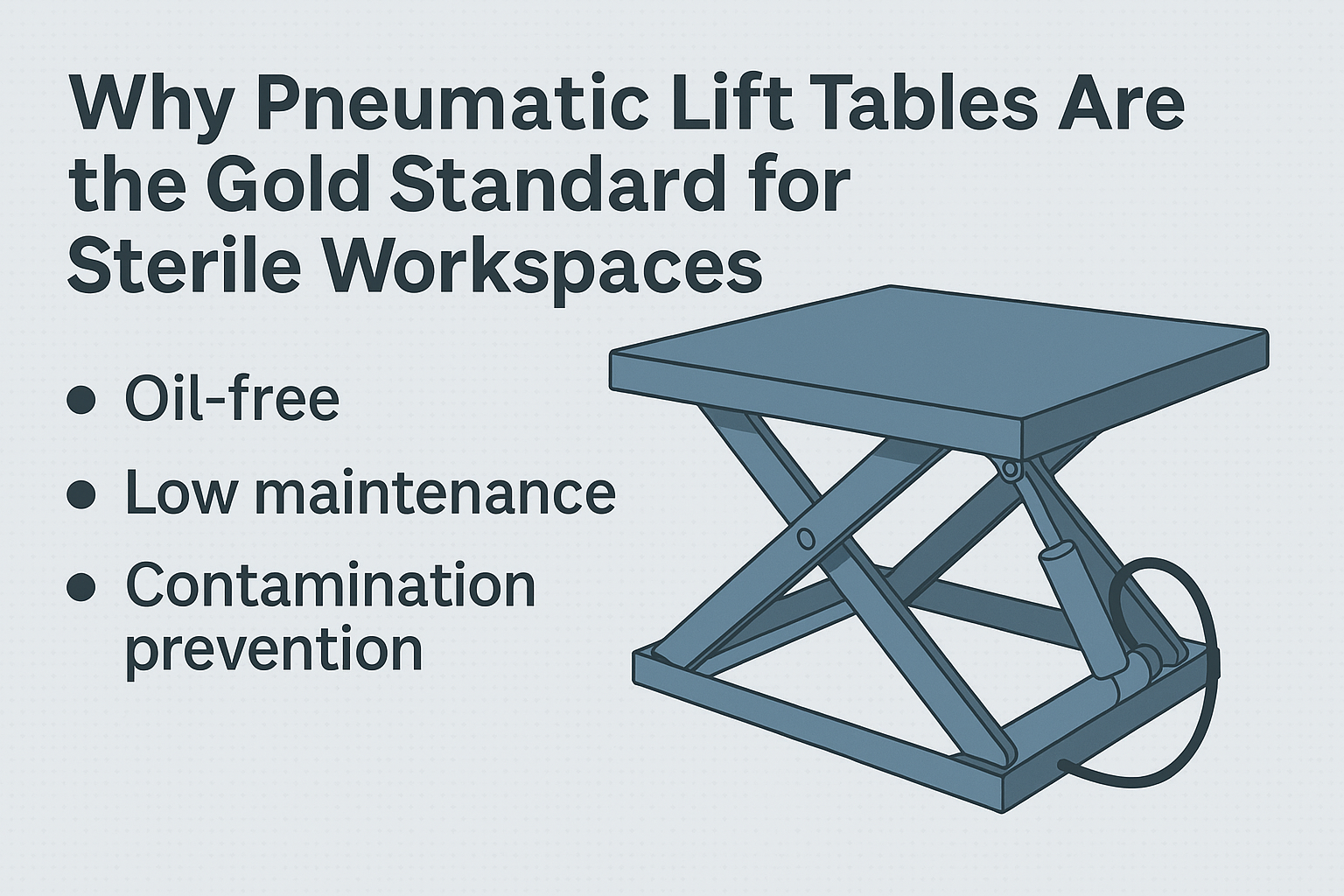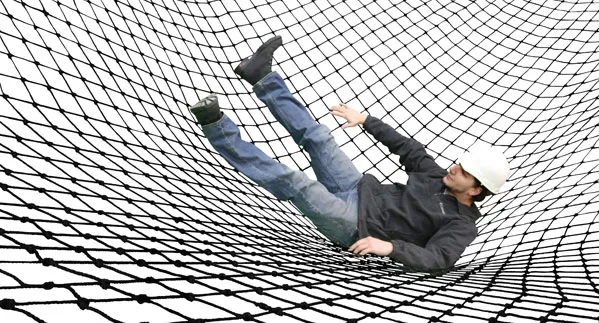
Why Pneumatic Lift Tables Are the Gold Standard for Sterile Workspaces
Explore why pneumatic lift tables outperform hydraulic and electric options in sterile environments. Clean, safe,
Falls are one of the leading causes of injuries and fatalities on construction jobsites. According to the Occupational Safety and Health Administration (OSHA), falls accounted for 384 of the 1,008 construction worker deaths in 2021.

The good news is that falls are preventable. By following proper safety procedures and using the right fall protection equipment, workers can stay safe and prevent accidents.
Fall protection is a system of procedures and equipment that is used to prevent workers from falling from heights. It includes things like guardrails, safety nets, and personal fall arrest systems (PFAS).
Guardrails are a physical barrier that prevents workers from falling from an elevated surface. They are typically made of metal or wood and are at least 42 inches tall. Guardrails should be installed on all open edges of elevated surfaces, such as roofs, balconies, and stairs.

Safety nets are a mesh net that catches workers if they fall from a height. They are typically installed below elevated work areas, such as roofs and scaffolding. Safety nets should be large enough to catch a worker without causing them to bounce or hit the ground.

Safety nets can be used in a variety of applications, including:
Safety nets offer a number of benefits, including:
Personal fall arrest systems (PFAS) are a system of straps and harnesses that attach workers to a secure anchor point. PFAS are typically used when workers are working at heights where guardrails or safety nets are not feasible.
Employers have a responsibility to provide their workers with a safe work environment. This includes providing fall protection for any work that is performed at heights of 6 feet or more.
Employers must also train their workers on how to use fall protection equipment safely. This training must be conducted in a language that the workers can understand.
Workers also have a responsibility to stay safe on the jobsite. This includes using fall protection equipment whenever required and following proper safety procedures.
Workers should report any unsafe conditions to their supervisor immediately.
There are a variety of different fall protection equipment available, depending on the specific job task. Some of the most common types of fall protection equipment include:
Here are some fall protection safety tips for workers to follow:
Fall protection is essential for staying safe on the jobsite. By following proper safety procedures and using the right fall protection equipment, workers can prevent accidents and save lives.
According to the Occupational Safety and Health Administration (OSHA), falls accounted for 384 of the 1,008 construction worker deaths in 2021.
The good news is that falls are preventable. By following proper safety procedures and using the right fall protection equipment, workers can stay safe and prevent accidents.
Falls can happen to anyone, regardless of age, experience, or trade. Even a short fall can cause serious injuries, such as broken bones, head injuries, and spinal cord injuries.
Falls can be especially dangerous for workers in the construction industry. Construction workers often work at heights, and they may be exposed to a variety of fall hazards, such as unguarded edges, slippery surfaces, and falling objects.
In addition to providing fall protection equipment and training their workers, employers can also take other steps to prevent falls, such as:
Fall protection is a critical part of safety on the jobsite. By following the tips above, employers and workers can work together to prevent falls and save lives.

Explore why pneumatic lift tables outperform hydraulic and electric options in sterile environments. Clean, safe,

From pharma to semiconductors, see how top industries use cleanroom lift tables to maintain compliance,

Understand what makes a lift table truly FDA and GMP compliant. Explore the must-have features,
Copyright 2025 All Rights Reserved – Industrial Man Lifts